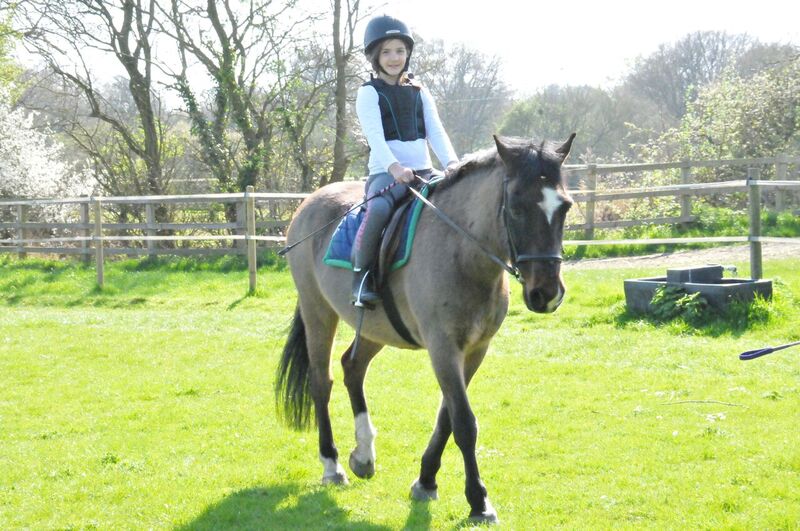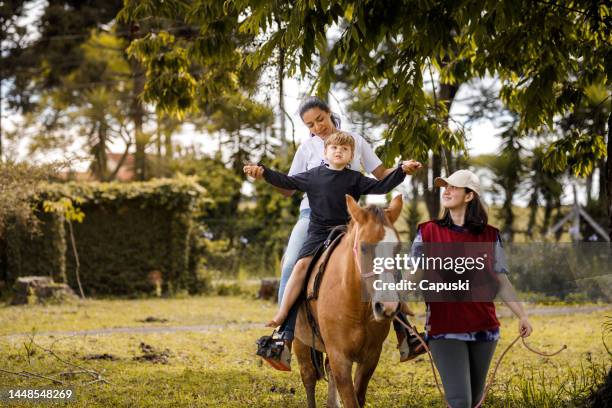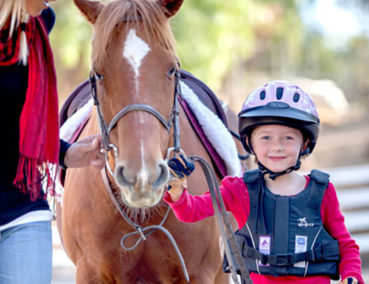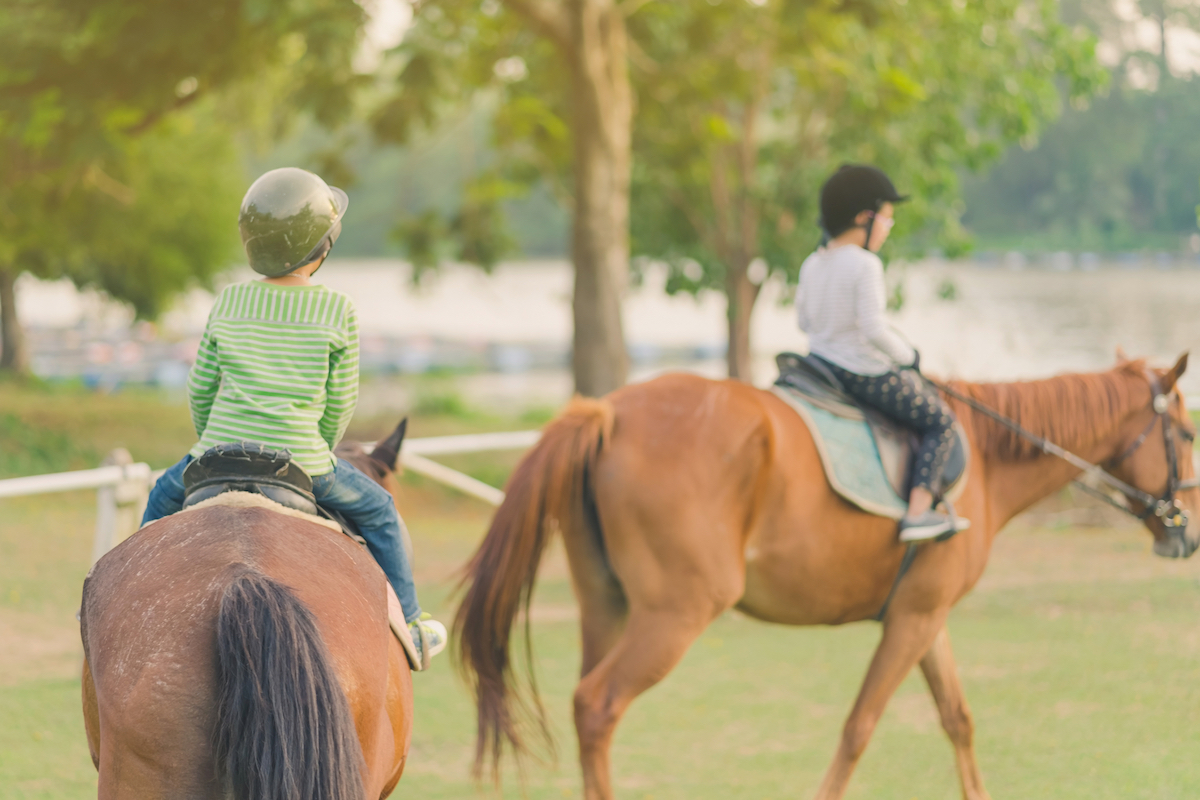Riding School Horse Care and Welfare Standards

Ensuring the well-being of horses in riding schools is paramount for both ethical reasons and the quality of instruction provided. This article explores the essential care practices and welfare standards that riding schools should uphold to maintain healthy, happy horses and a safe learning environment.
Introduction

Riding schools play a crucial role in teaching equestrian skills, but the foundation of any successful program is the health and welfare of the horses involved. Proper care not only improves the horses’ quality of life but also enhances their performance and longevity.
Key Aspects of Horse Care in Riding Schools

| Aspect | Description |
|---|---|
| Nutrition | Balanced diet tailored to each horse’s age, workload, and health needs. |
| Housing | Clean, safe stabling with adequate space, ventilation, and bedding. |
| Exercise | Regular turnout and riding schedules to maintain fitness and mental well-being. |
| Veterinary Care | Routine health checks, vaccinations, dental care, and prompt treatment of illnesses. |
| Hoof Care | Regular trimming and shoeing by a qualified farrier to prevent lameness. |
| Grooming | Daily grooming to promote skin health and detect injuries early. |
Welfare Standards and Best Practices

- Ethical Treatment: Horses should be handled with kindness and respect, avoiding any form of abuse or neglect.
- Training Methods: Use positive reinforcement and avoid harsh training techniques.
- Workload Management: Monitor and adjust the horses’ workload to prevent overexertion.
- Rest Periods: Ensure horses have adequate rest between lessons and days off.
- Environmental Enrichment: Provide opportunities for social interaction and mental stimulation.
Common Challenges and Solutions
| Challenge | Solution |
|---|---|
| Stress and Anxiety | Implement calm handling techniques and provide a stable routine. |
| Injuries | Immediate veterinary attention and proper rehabilitation protocols. |
| Nutritional Deficiencies | Regular diet assessments and supplementation as needed. |
Frequently Asked Questions (FAQ)
Q1: How often should riding school horses be fed?
A: Horses typically require multiple small meals throughout the day to mimic natural grazing habits, usually 2-3 times daily depending on their workload.
Q2: What are signs of poor welfare in riding school horses?
A: Signs include weight loss, behavioral changes, reluctance to work, and physical injuries.
Q3: How can riding schools ensure the safety of both horses and riders?
A: By maintaining well-trained horses, using appropriate tack, and following strict safety protocols during lessons.
Conclusion
Maintaining high standards of horse care and welfare in riding schools is essential for the health of the horses and the success of the riding program. By adhering to best practices and continuously monitoring the horses’ needs, riding schools can provide a safe, ethical, and enjoyable environment for both horses and riders.
This expanded content is designed to be SEO-friendly by incorporating relevant keywords such as “horse care,” “welfare standards,” “riding schools,” and “equine health,” while also providing valuable information in an organized and engaging format.
